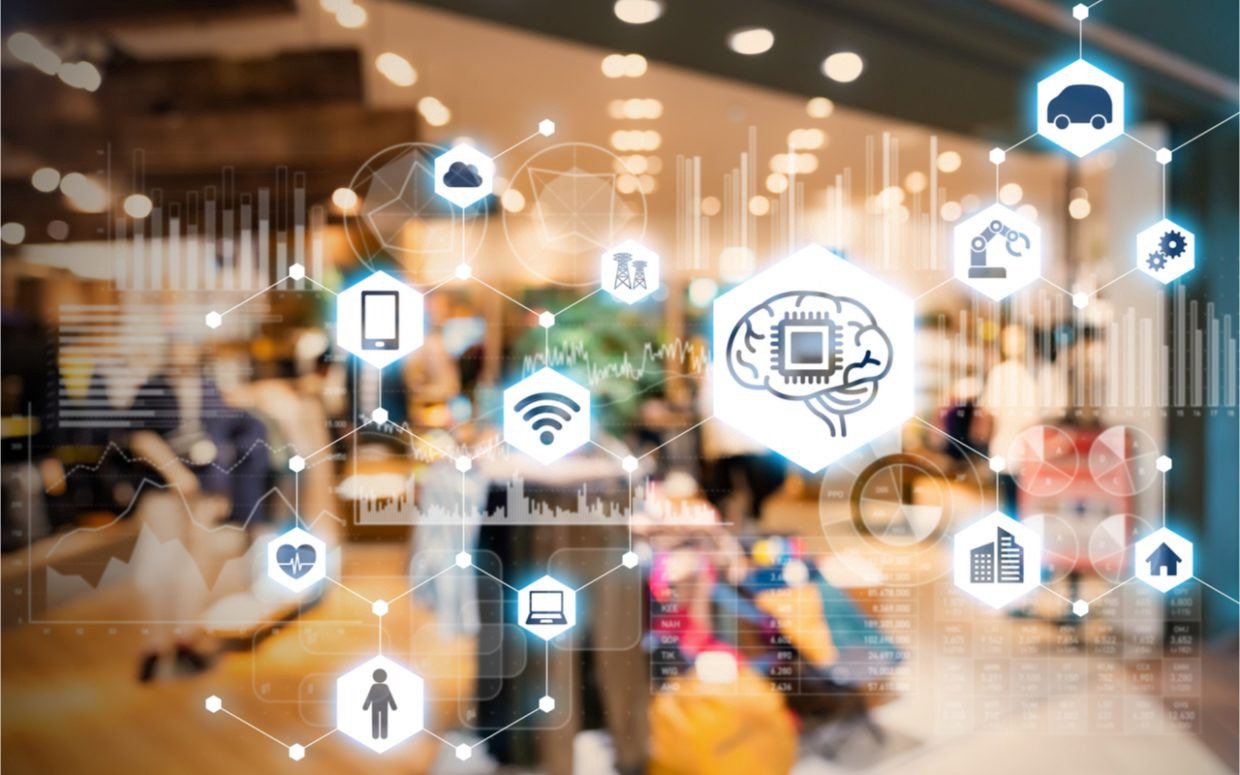With an increase in remote working, the new HR will have to adapt to the diverse work situation. Training and development practices will become much more personalized and available through remote devices. Slack and Microsoft teams will be used to increase productivity and engagement. Remote work and HR Tech will go hand in hand.
This is probably one of the biggest trends that will change the shape of future HR. Despite concerns that AI is going to replace humans, HR will largely benefit from this technology. Big data helps to increase the value and efficiency of the CHROs. Also, HR Chatbots are becoming a vital part of the HR departments. They can analyze and organize people-centric data for seamless attendance management, payslip generation through conversational interfaces.
If you are not familiar with the term gig economy, here’s what it means. The gig economy works on short-term contracts or freelancers as compared to long term jobs. This is becoming increasingly rampant in every industry across the globe. Thus, HR will have to reevaluate its current practices to form a more inclusive and diverse culture.
Global organizations are also now recognizing the need to apply data to:
1) evaluate recruiting methods
2) identify gaps in skill sets
3) assess the demand and supply of talent
A lot of organizations are now focusing on Predictive Analytics (just like I am, right now). HR no longer asks questions such as
“what happened and why it happened.” HR is now shifting to answer questions such as “what will happen?”. So people analytics
technology and consumer experience intelligence is going to be at the forefront to boost business and customer impact.
It is no surprise that the future of HR does depend on employee and user experience. Conventional employee engagement tools will be reimagined to make the employee experience a competitive advantage. Moreover, large scale implementation of employee experience platform is correlated to the organizational business outcomes.
With an increase in the use of data, cybersecurity will be one of the major challenges for future HR. New cyber security and WFH policies will be formed to overcome issues such as data confidentiality and employee privacy. HR head KPIs will also change as they will play more strategic rules when it comes to change management.
The next generation of workers will not just log in to their HRMS from home. They will also be able to log in from anywhere. There is a revolution coming in the facilities and infrastructure domains that will enable solutions to a permanently mobile workforce.
Body language and our interpretation play a big part in communication. Remote working has now forced the absence of this critical signal to interpret intention. Unless handled carefully, this may lead to a rise in misunderstandings and communication breakdowns. HR has to create policies that ensure communication best practices in the absence of visible body language.

